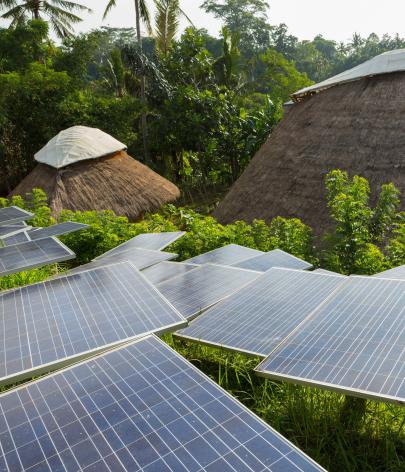Breadcrumbs
OECD
Huge variation in electricity supply, but the transition has begun
The Organisation for Economic Co-operation and Development (OECD) is a trading club of the high-income economies. Though just 38 countries are members, it has about 40% of the world’s electricity demand and production. The grouping is inclusive of Europe and North America, as well as Japan and South Korea, so there is a huge variation in electricity supply across the OECD, but all have begun their transition to clean power. Fossil fuels provide 51% of the electricity for OECD countries.
Ember’s 2021 Global Electricity Review revealed that the countries most reliant on coal in the OECD were Poland (70% of the electricity mix) and Australia (51% of the electricity mix).
Denmark has the highest reliance on wind power (at 48% of the electricity mix) and Luxembourg has the highest reliance on solar (at 18% of the electricity mix).
The IEA defines the ‘Advanced Economies’ as OECD countries plus Bulgaria, Croatia, Cyprus, Malta and Romania. These countries must phase-out coal by 2030 and reach 100% clean power by 2035, in order to keep the 1.5 degree goal in reach.
Last updated: March 2022
Kemajuan menuju tolok ukur 1,5C di sektor ketenagalistrikan
OECD
2000–2040
20 pembangkit listrik terbesar
OECD
Data



